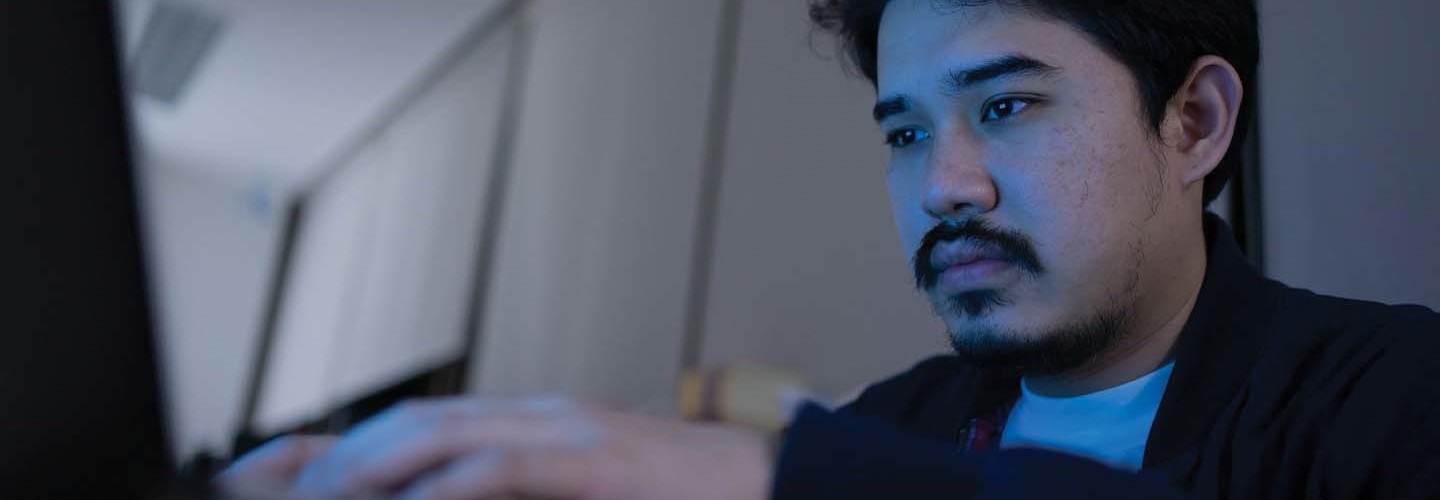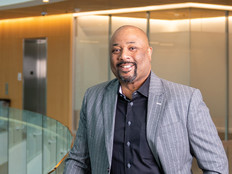“They’re much more comfortable talking about feelings, talking about their anxieties, talking about how day-to-day life is affecting them personally,” he says. “If you go back two decades, having a mental health problem disqualified you from almost any job.”
Thankfully, Goetzel adds, the stigma facing those with mental illness is showing signs of lifting, even among older generations.
“There has been greater openness about this,” he says. “In many organizations, you find senior executives talking about their mental health and even addiction, talking about that openly and saying, ‘I went through this, and this is how I got through it.’”
How Can Higher Ed Support Staff Through Mental Health Challenges?
On Tuesday, June 27, Goetzel, fellow staff members of the Johns Hopkins Bloomberg School of Public Health and a variety of other speakers — including representatives from the Occupational Safety and Health Administration — will convene the Summit on Workplace Mental Health and Wellbeing. There they will discuss, among other things, how supervisors, staff and students can get the mental health support they need.
However, before directing employees to support services, Goetzel says, it’s important for today’s leaders to understand what drives their employees, particularly in a setting like higher education where salaries are typically lower than in the corporate sector.
“What keeps people on the job, more so than higher pay, is a sense of belonging, a sense of appreciation and an acknowledgement from management that you do have a life, and there ought to be a boundary between work and life,” says Goetzel. “What is my role as an employer to help you do those things?”
One place employers can look to understand their role is the P.O.E. Total Worker Health Center at Johns Hopkins. POE stands for the three key areas that impact worker mental health: psychosocial factors, organizational conditions and environmental exposures. The name is also an homage to writer and poet Edgar Allen Poe, a Baltimore native.










